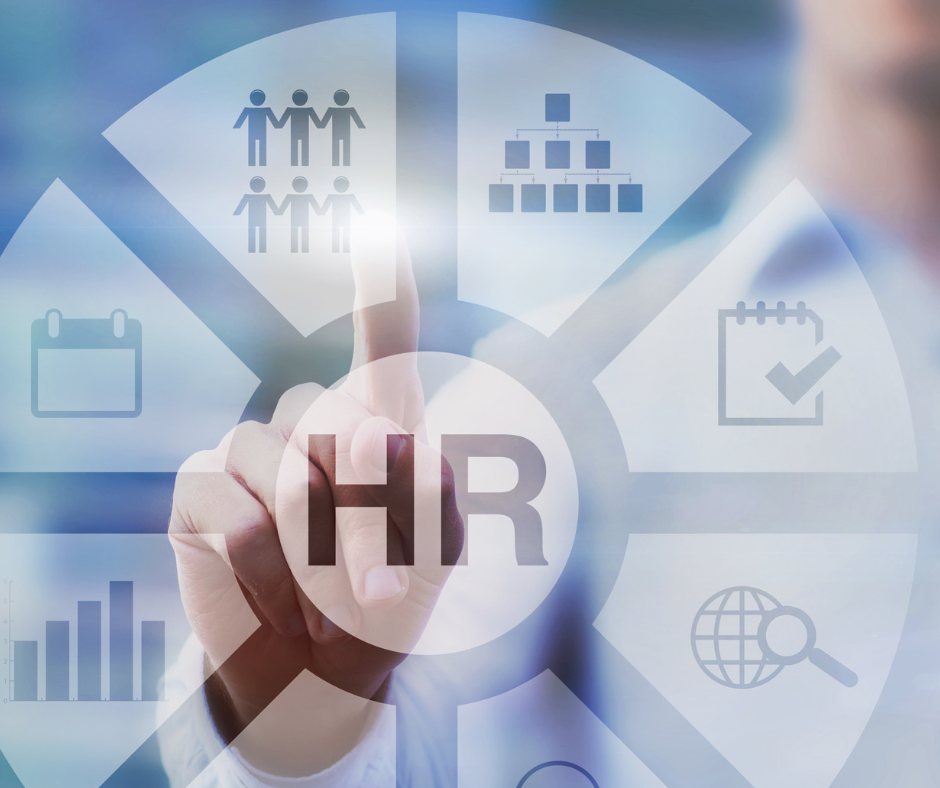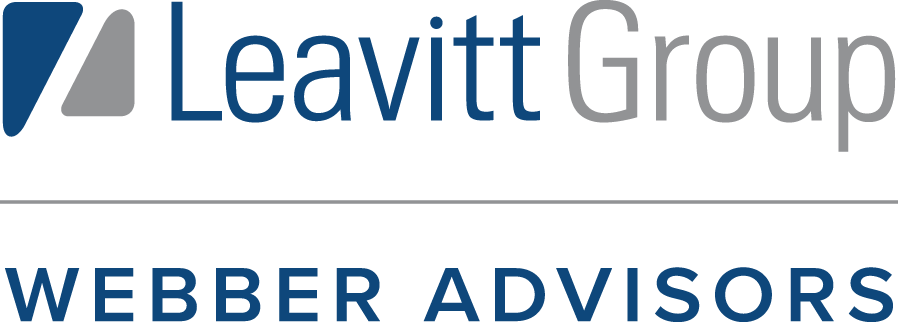 The workplace has been changing faster than anyone could have predicted. While the COVID-19 pandemic is largely responsible for these changes, various social movements and technological advancements have also played a role.
The workplace has been changing faster than anyone could have predicted. While the COVID-19 pandemic is largely responsible for these changes, various social movements and technological advancements have also played a role.
Many of these changes occurred suddenly, leaving no time to prepare. These rapid changes created—and in some cases exposed—several workplace challenges, which are likely to continue for the foreseeable future.
This article highlights the top HR challenges employers are currently facing.
Attraction and Retention
Attracting and retaining employees have been persistent challenges for employers since the onset of the COVID-19 pandemic. According to Zywave’s 2022 Attraction and Retention Benchmark Overview, over 75% of employers reported they consider attraction and retention a top-five business challenge for their organization. And over 80% of employers expect these challenges to continue for the foreseeable future.
Employers are struggling more to recruit and hire new workers than they are to retain existing ones. One reason for this is that the labor market is becoming tighter, making it more difficult to find and hire new workers. At the same time, attrition is increasing for most employers as workers seek new opportunities and reconsider how work fits into their lives.
Many employers are addressing their retention issues by ensuring their employees are happy and fulfilled in their current roles. According to a recent study by TalentLMS, 76% of workers say they are more likely to stay with an organization that offers continuous training. Employers who cater to their employees’ needs show they care, which can create a better work environment and improve employee retention.
While employers cannot make every employee happy with a single solution, there are common strategies they can implement when attempting to attract and retain workers. These strategies include:
- Investing in career development opportunities and internal mobility for employees
- Offering a flexible workplace
- Providing competitive compensation and benefits
- Creating a strong company culture
- Focusing on employees’ mental health and well-being
Many employers are implementing all or a combination of these strategies to address their current attraction and retention challenges. Organizations that have not done so yet will likely find themselves behind.
Employee Mental Health and Well-being
Employee mental health and well-being is potentially one of the biggest HR challenges employers currently face. According to a recent Harvard Business Study, more than 85% of employees said their workplace well-being declined since the start of the COVID-19 pandemic. Employees have identified various reasons for their mental health and well-being decline, including job demand and feelings of isolation, loneliness, stress, and disconnection.
Employee mental health and well-being significantly impact an organization’s ability to succeed. When employees struggle with mental health issues, their productivity declines. HR professionals who prioritize employee mental health and well-being can stave off drops in productivity and support workers, which can improve employee retention.
Many employers are prioritizing their employees’ mental health and well-being by doing the following:
- Helping employees find work-life balance
- Providing employees with manager support when struggling with mental health and well-being
- Giving employees information and resources for mental health and well-being
- Building a culture of supporting mental health and well-being
- Encouraging employees to be proactive and positive
While employers may be more reactive since the start of the COVID-19 pandemic in addressing employee mental health and well-being, they should shift to a more pro-active and sustainable approach. This may require employers to remain vigilant and listen to employees to help them feel safe in the workplace.
Remote and Hybrid Work
Many employers responded to the COVID-19 pandemic by moving their workforce to remote environments. Even as employees are now returning to the office, many continue to work remotely, either full- or part-time. According to Gartner, more than half of all U.S. workers will be either fully remote or hybrid employees in 2022. What started as a novelty now appears to be the new standard, especially as many employees insist on being allowed to continue to work from home.
Employers are focusing on creating a sustainable work model that meets the needs of the business and employees. Adapting policies and processes to support remote and hybrid work is critical for a successful transition to this new standard. Employers can provide employees with tools and strategies to ensure they remain productive while working from home. An example of this could be leveraging technology, such as digital communication, project management tools, and cloud-based platforms, so employees can connect with others regardless of location.
Diversity and Inclusion
Calls for diverse and inclusive workplaces are now becoming more common in many organizations due to major social changes. According to a 2019 McKinsey study, employers with diverse executive teams post larger profit margins than employers with less diverse executive teams. The study suggests employers who implement diversity and inclusion programs tend to benefit from increased innovation, improved business outcomes and enhanced visibility in the marketplace.
Some HR professionals address challenges surrounding diversity and inclusion in the workplace with the following strategies:
- Adjusting search and screen processes for job candidates
- Providing diversity and inclusion training for managers
- Creating mentorship programs to increase diversity and inclusion
- Establishing diversity and inclusion teams
Diversity and inclusion will likely continue to be a challenge because what employers mean by these concepts—not to mention the strategies they believe they should implement to address them—can be vague and elusive. Even when employers prioritize diversity and inclusion, the path to achieving a diverse and inclusive workplace can remain uncertain.
Webber Advisors
While these difficulties will likely persist for the foreseeable future, Webber Advisors offers consultation and advisory services to develop strategies to address and respond to them.
Contact Trisha Shearer to learn more about HR services and solutions at tshearer@webberadvisors.com or (814) 317-4246.
This information is not intended to be exhaustive and does not purport to offer legal advice or legal opinions and is intended as educational information only. Please contact your legal counsel for legal advice.


